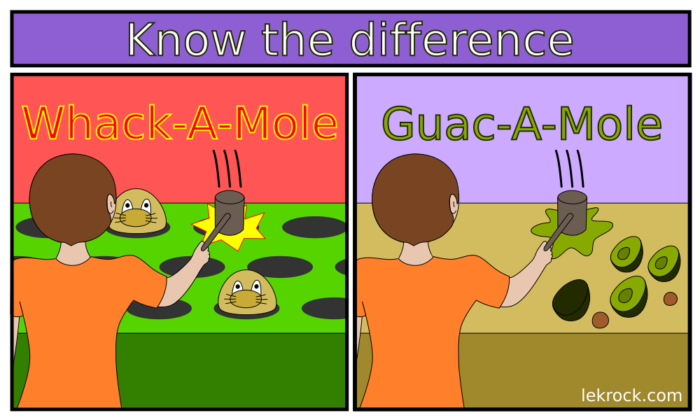No, this is not a mistake, I think that using distraction can help us be more efficient in some cases. In fact, there is a chance that you already do it in a way or another.
Have you ever done something while watching TV or listening to the radio? Probably, then you already know about it, but let me explain why I think that it can be more of an helping matter than a nuisance, if used appropriately.
Many people listen to music or to the radio while driving a vehicle and doing repetitive tasks. Hearing music or someone talking distracts us a little from the boringness and makes us fall in “automatic” mode. So instead of concentrating directly on what we are doing, and how much it sucks doing it, our mind wanders somewhere else, making the situation a little more bearable.
The “automatic” mode is exactly what we want to achieve here, which is about finding a balance between being able to work efficiently on our tasks, while being distracted enough so that we forget about it.
In my case, when I try to work on some of my projects, especially the ones about visual creation (drawing, 3D design, etc), this kind of distraction is quite useful, because it is really hard for me to stay concentrated on it, which makes my progress slow. So I watch videos while drawing, but not any videos, the kind where I’m not required to constantly look at it. What it does is that until the end of the video, I will be sitting there, so for this duration, I have no other choice but to draw. Using a fun distraction while doing something that is less fun, or hard, helps me do it longer than I would normally.
It also makes me feel good about myself. Because if I take the previous example, I specifically choose videos that I would have watched anyway on their own. So when I manage to do two actions at the same time, that I would have done separately anyway, I feel efficient. I get the impression that I can finally begin to catch up with all the stuff I want to do, instead of just adding more stuff on the pile.
But as I already said earlier, to really benefit from distraction, we have to choose one that is appropriate according to the task we are doing. Some distractions will require too much attention or be incompatible with what we want to accomplish. If I’m writing for this blog, I usually listen to music, because it doesn’t require me to understand what is going on and I can just listen to it passively. On the other hand, watching anime or Youtube videos while writing prevents me from both writing my text and understanding the video, making both activities meaningless. This will probably require some trial and error on your part to find out what distraction fits with which activity, but once you do, it is easy to just continue doing it.
Of course, working on two things at the same time will make our progress slower than concentrating on a single one at a time. But it can likely be canceled-out by being able to work for longer periods of time without stopping.
Obviously, I would only recommend this method for tasks that are not dangerous in nature, watching movies while cutting wood is a bad idea, you would want all your attention to be directed at the main task. We also don’t want the distraction to take too much place, or else we will just end up being distracted and get absolutely no work done.
So as contradictory as it may seem, distraction can indeed be useful, if we manage to calibrate it correctly with our work.


